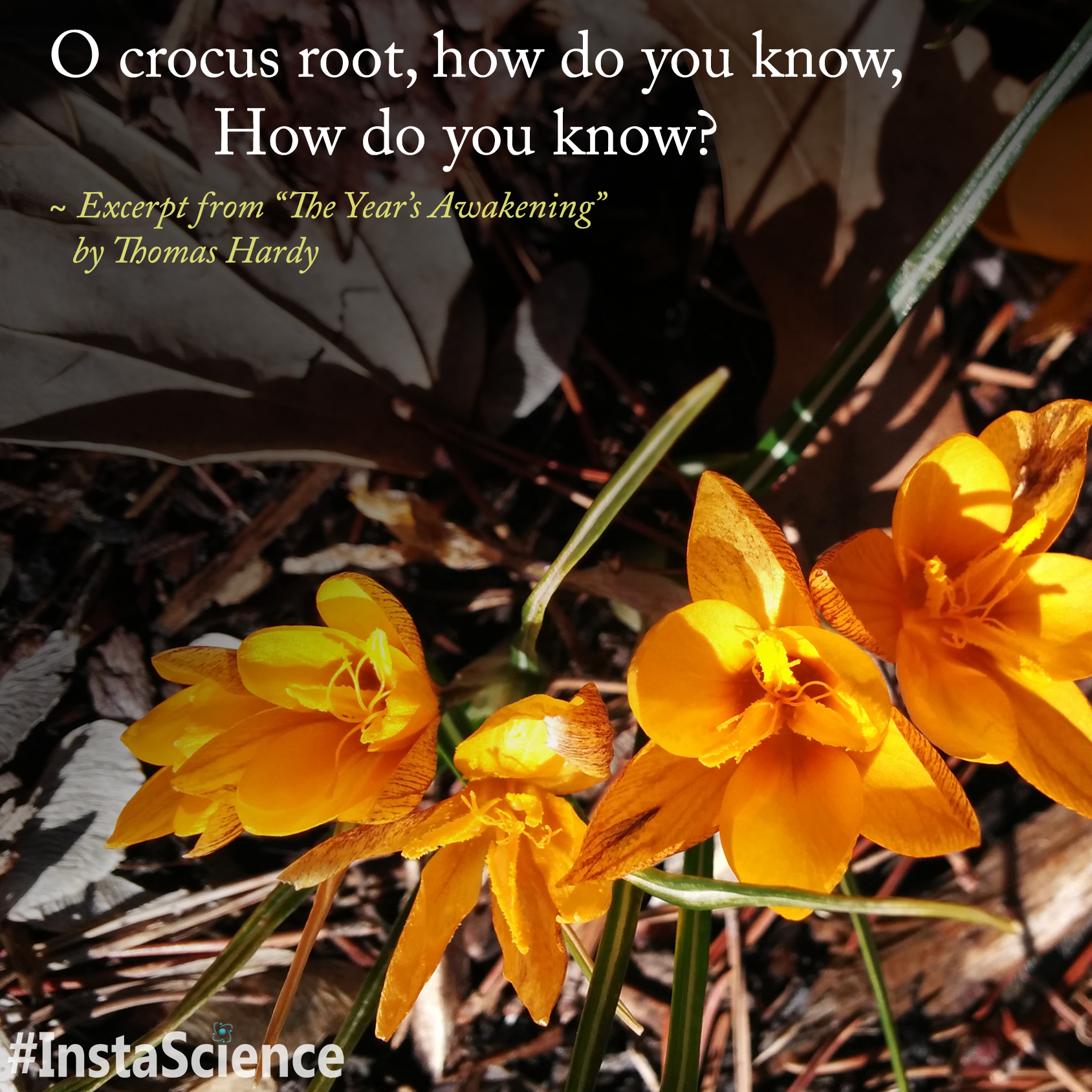FREE Shipping on all our products! (Please Note: Orders may experience a delay of a week or more in shipping due to the high volume of orders at this time of year.)
FREE Shipping on all our products! (Please Note: Orders may experience a delay of a week or more in shipping due to the high volume of orders at this time of year.)
The Charming Crocus – Find it in Siberia and Your Backyard
March 10, 2017 2 min read

When we lived in Virginia, the sight of crocus blooms popping up in our yard meant that spring was close at hand. I think that is the reason why the crocus remains one of my favorite spring bulbs! But did you know that there are over 80 different varieties of crocus?
The crocus is part of the iris family and is thought to have originated in Europe, Asia, and Africa. These flowers can live from sea level to alpine tundra in meadows, rocky mountains, woodlands, or shrub lands. They can tolerate low temperatures and colder climates thanks to a waxy cuticle that covers their petals.
The cup-shaped blooms of the crocus are typically yellow, white, or shades of purple. Their flowers will open quickly in the early spring and summer, depending upon where they are found. The flowers open up fully sunny days and close in the evening or when the weather is poor. This allows the blooms to be protected from the cold but maximizes their potential to be pollinated by insects.
The stem of the crocus is typically a short thin tube with a large bulb at the base. The bulb will form before the plant goes dormant in an effort to store food for the plant. This way, when it warms up again, the crocus can grow and reproduce. The plant has thin papery leaves that cover and protect the bulb.
The leaves of the crocus plant are long and thin – kind of like floppy blades of grass. But, the root system of the crocus plant is extensive. These roots anchor the crocus to the ground and connect it to sister plants nearby.
Fun Fact – The spice saffron comes from a variety of crocus – it takes about 80,000 saffron crocus blooms to make one pound of saffron spice!
RELATED HOMESCHOOL SCIENCE ACTIVITIES
Keep the learning going with these science activities!
- Grow a Crocus – You will need crocus bulbs, a clear, shallow dish, and aquarium gravel. Have the students spread the gravel across the bottom of the dish, so that it is about an inch thick. Place the bulbs root side down into the gravel – the bottom should be gently nestled in the gravel with the top still visible. Add enough water to come just below the top of the gravel. Set the dish in a sunny spot and water as needed. You can add a bit of moss on the top of the rocks if you would like a bit of green, just don’t cover the top of the bulbs. You should see sprouts in a few weeks!
- Poem – “The Year’s Awakening” by Thomas Hardy

LINKS TO RESEARCH
Also in InstaScience at Elemental Blogging
The fungus that resembles a vintage shade umbrella - The parasol mushroom
April 27, 2017 2 min read

Learn about the Parasol Mushroom in an instant with this information and activities!
It mimics a hawk and serves as a mascot - the beautiful blue jay
April 21, 2017 2 min read

Learn about Blue Jay in an instant with this information, activity, and free printable!
This Look Up in the Sky Day, learn about the amazing constellations
April 14, 2017 2 min read

Subscribe
Sign up to get the latest on sales, new releases and more …

